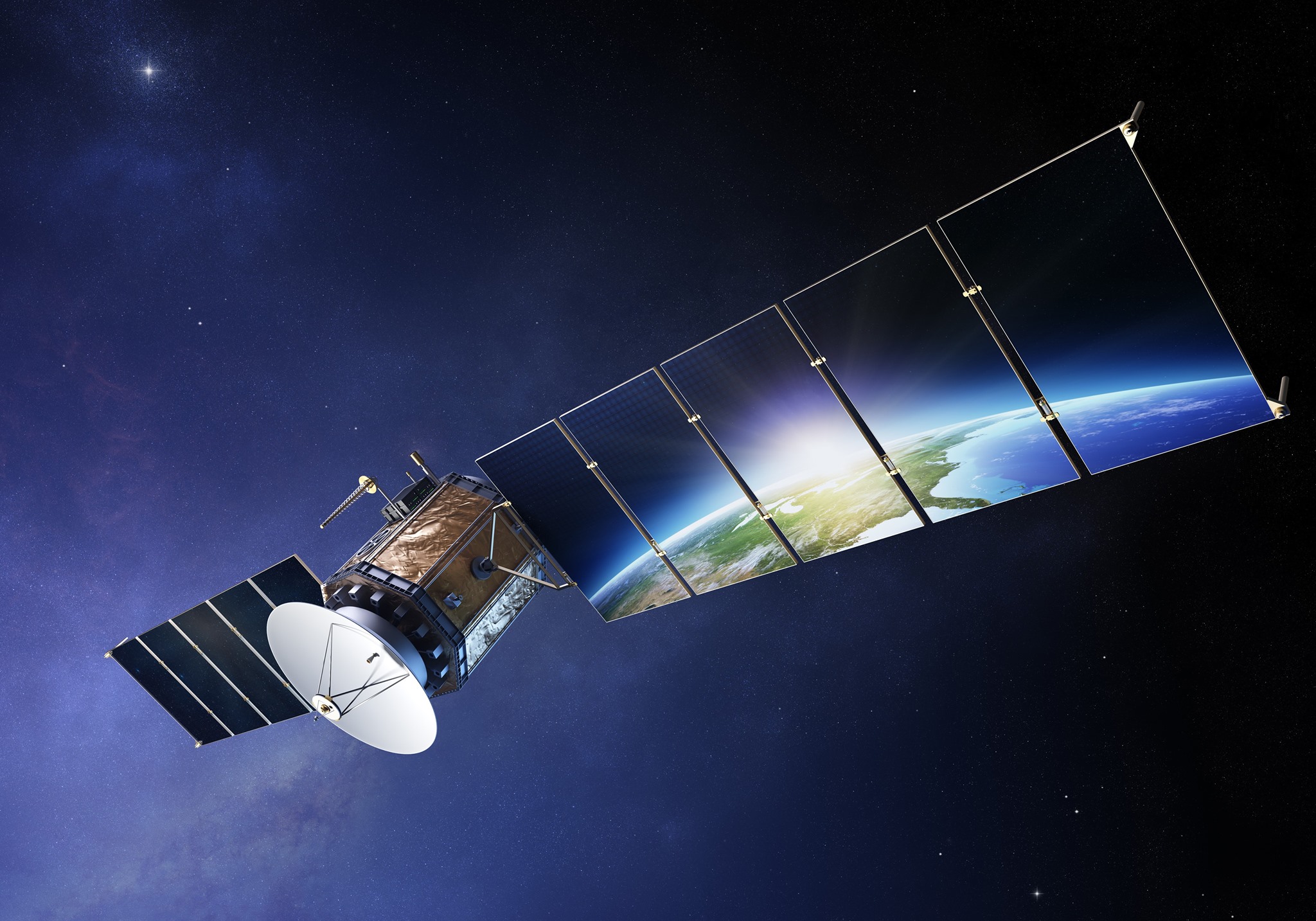The Science and Superiority of GaAs Solar Panels – Mindway Power
Introduction
In the rapidly evolving solar energy industry, Gallium Arsenide (GaAs) solar panels have emerged as the gold standard for high-efficiency photovoltaics. With laboratory efficiencies exceeding 47.6% (NREL, 2022) and real-world performance far surpassing traditional silicon cells, GaAs technology is revolutionizing power generation in aerospace, defense, and renewable energy sectors.
At Mindway Power, we integrate cutting-edge GaAs solutions to deliver unmatched efficiency, durability, and power density. This article dives deep into the scientific principles, performance benchmarks, and real-world applications of GaAs solar cells.

Scientific Principles of GaAs Solar Cells
1. Bandgap Engineering – The Key to Ultra-High Efficiency
GaAs has a direct bandgap of 1.42 eV, perfectly aligned with the solar spectrum for optimal photon absorption. Unlike silicon (indirect bandgap of 1.1 eV), GaAs converts sunlight into electricity more efficiently due to:
· Higher absorption coefficient (10⁵ cm⁻¹ vs. silicon’s 10³ cm⁻¹) – Captures more light with thinner material.
· Lower thermal loss – Retains efficiency even at high temperatures (80°C+).
2. Multi-Junction Technology – Breaking Efficiency Records
The most advanced GaAs solar cells use triple-junction (3J) or quadruple-junction (4J) structures, where each layer captures a different wavelength:
Junction Layer | Bandgap (eV) | Sunlight Spectrum Captured |
InGaP (Top) | 1.8 – 2.0 | UV & visible light |
GaAs (Middle) | 1.4 | Visible & near-infrared |
InGaAs (Bottom) | 0.7 – 1.0 | Infrared |
This design enables NREL-certified efficiencies of 39.2% (1-sun) and 47.6% (under concentrated light)—far beyond silicon’s practical limit of ~29.4% (PERC cells).
3. Superior Temperature & Radiation Resistance
· Temperature coefficient: -0.18%/°C (vs. silicon’s -0.3%/°C) – Loses less power in hot climates.
· Radiation-hardened – Critical for satellites, where silicon degrades 3x faster.
Proven Applications of GaAs Solar Panels
1. Space & Satellite Power Systems (Dominates 90% Market Share)
· NASA’s Mars rovers (Perseverance, Curiosity) use GaAs multi-junction cells for reliable power in extreme conditions.
· SpaceX Starlink satellites deploy GaAs panels for lightweight, high-power density (300W/kg vs. silicon’s 150W/kg).
2. Military & Defense – Unmatched Field Performance
· Portable soldier power systems (e.g., BAE’s solar blankets) use GaAs for 30%+ efficiency in low-light conditions.
· Drones & UAVs (e.g., Zephyr S HAPS) achieve weeks of flight time with GaAs-powered solar wings.
3. Concentrated Photovoltaics (CPV) – The Future of Utility-Scale Solar
· Soitec’s CPV systems achieve 38.9% module efficiency using GaAs cells under 500x optical concentration.
· Ideal for deserts (e.g., Saudi Arabia’s NEOM project), where GaAs outperforms silicon by 50%+ in energy yield.
4. Electric Vehicles & Mobile Charging
· Lightyear One solar car integrates GaAs for 12 miles/day of free solar charging.
· Apple’s secret GaAs R&D (patents filed in 2021) hints at future iPhone solar charging.
Mindway Power’s GaAs Solutions – Why We Lead the Market
At Mindway Power, we engineer next-generation GaAs solar products with:
✔ Record-Breaking Efficiency – Up to 42% commercial-grade cells (AM1.5G spectrum).
✔ Space-Grade Reliability – 20+ year lifespan with <5% degradation (vs. silicon’s 20% loss).
✔ Custom Designs – From flexible solar films for drones to high-voltage CPV arrays.
Case Study: Our GaAs-powered microgrid in Dubai achieved 1.5x higher daily output vs. PERC silicon, reducing LCOE by 22%.
Contact Mindway Power:
Email📫: market@mindwaytech.cn
WhatsApp📞: +86 18971062394


